As an outstanding battery test equipment manufacturer and battery test solution provider, NEWARE has been providing test equipment for battery manufacturers, research institutions and universities. The following is a presentation of the paper results obtained by researchers through the use of NEWARE equipment for related research and testing. Presented as a Cooperation case for NEWARE.
Title of the Paper: Compositionally complex doping for zero-strain zero-cobalt layered cathodes
First Author: Zhang Rui (University of California, Irvine)
Co-First Author: Wang Chunyang (University of California, Irvine)
Corresponding Author: Xin Huolin (University of California, Irvine)
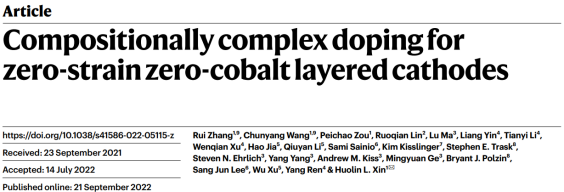
In recent years, lithium-ion batteries have been widely used in various electronic devices. However, as their usage expands in different fields, there are higher demands for high-energy cathode materials. Cobalt (Co) is a critical component for stable cathodes and has been widely incorporated into current high-nickel systems to suppress Li/Ni cation mixing and improve thermal stability. However, the high price fluctuations of cobalt and geopolitical limitations in mining have made the elimination of cobalt an urgent need for the automotive industry.
Based on this, Xin Huolin's team at the University of California, Irvine, has achieved, for the first time, intrinsic "zero-strain" cathode materials in a high-nickel and cobalt-free system. The team not only suppressed the volume change of high-nickel materials to within 0.5% but also achieved thermal stability comparable to NMC-532 materials. Additionally, the team creatively proposed the universal "high-entropy doping" effect, clarifying that this "zero-strain" behavior originates from the unique "high-entropy doping" effect, which suppresses deoxygenation, dislocation formation, and detrimental phase transitions. This work was published in the top-tier international journal, Nature, with Zhang Rui and Wang Chunyang as co-first authors.
It is worth noting that the electrochemical performance of a series of batteries shown in Figure 1c, 2f, and 3a-3e in this article was tested using the NEWARE BTS-4000 battery test system. The NEWARE BTS-4000 is a comprehensive and highly accurate battery testing system, making it the preferred choice for battery testing.
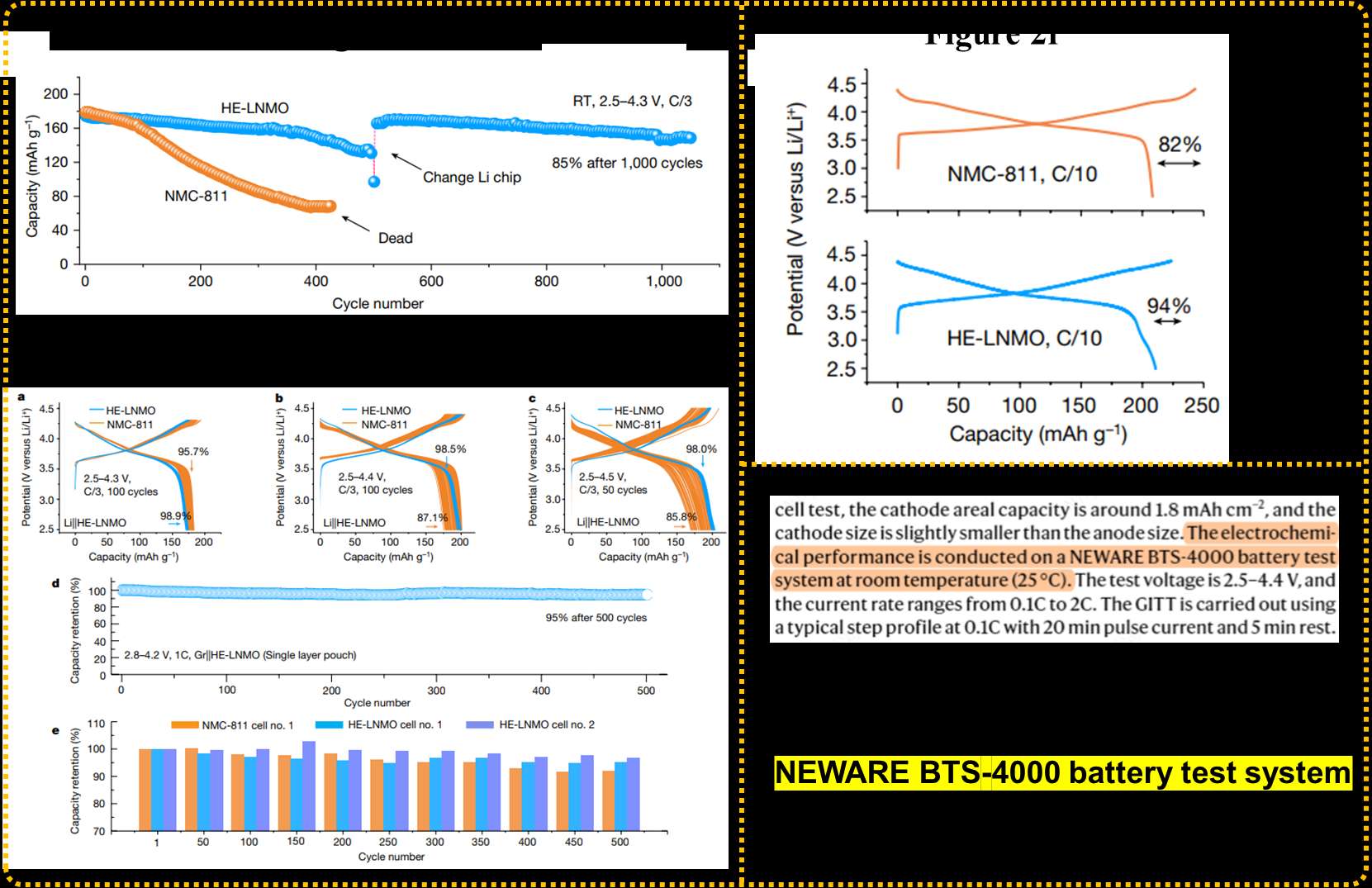
In addition, we also noticed that such work often involves battery fabrication and other processes, requiring the purchase of a large number of raw materials. For example, this work involves the purchase of conductive carbon, binders, solvents, and other consumables. To address the challenges of complex procurement and reimbursement difficulties, Neware has established a one-stop procurement platform: NEWARE-store
In this platform, researchers can choose from a wide range of products and complete cross-vendor purchases in one go, effectively avoiding issues such as long procurement time.
Zhang, R., Wang, C., Zou, P. et al. Compositionally complex doping for zero-strain zero-cobalt layered cathodes. Nature 610, 67–73 (2022).
https://www.nature.com/articles/s41586-022-05115-z



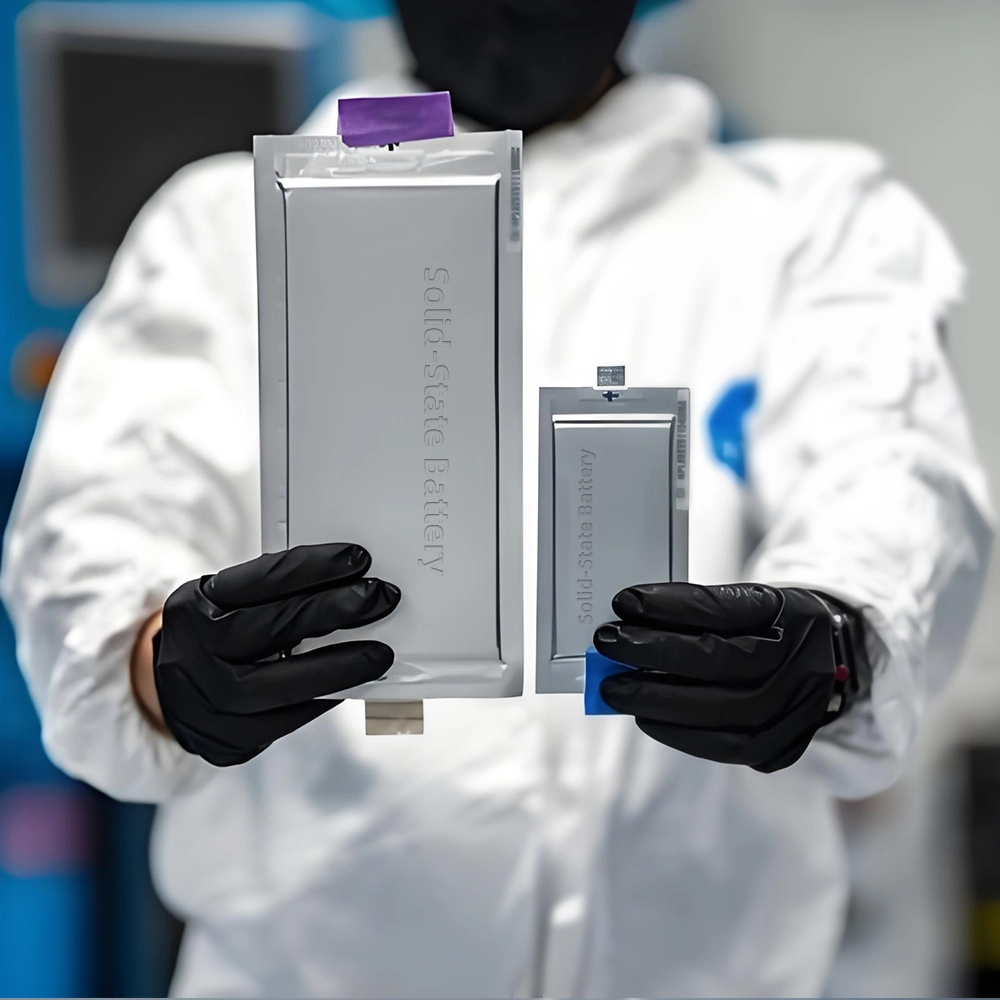
The lab focuses on solid-state battery research to overcome traditional lithium batteries' safety and energy density issues, supporting environmental sustainability. It develops innovative solid-state electrolytes, refines electrode materials, and investigates ion transfer and interface stability to revolutionize battery technology.
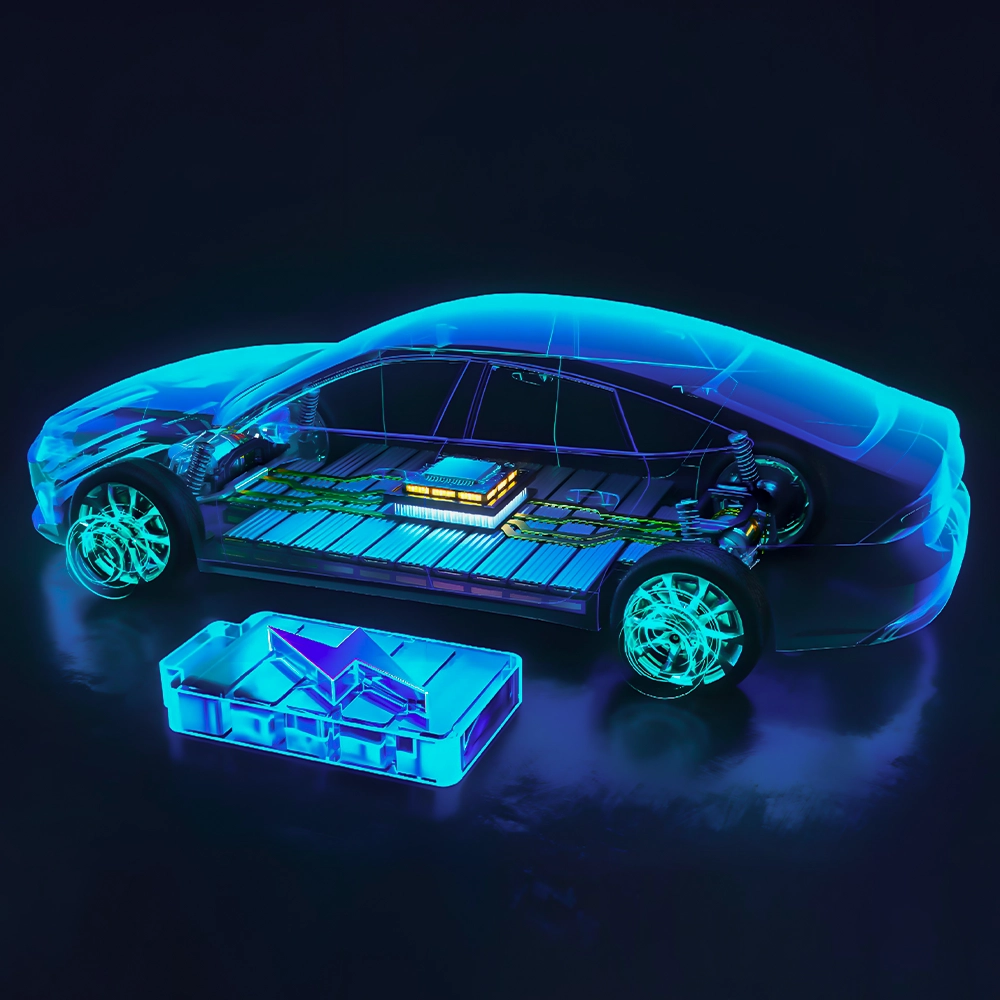
The electric vehicle battery industry is rapidly developing, focusing on technological innovation, market competition, and sustainability. Research hotspots include solid-state batteries, new types of electrolytes, BMS optimization, and recycling technologies. The environmental adaptability, safety, and economic viability of batteries are key research areas, and the industry is expected to undergo more innovation and transformation.
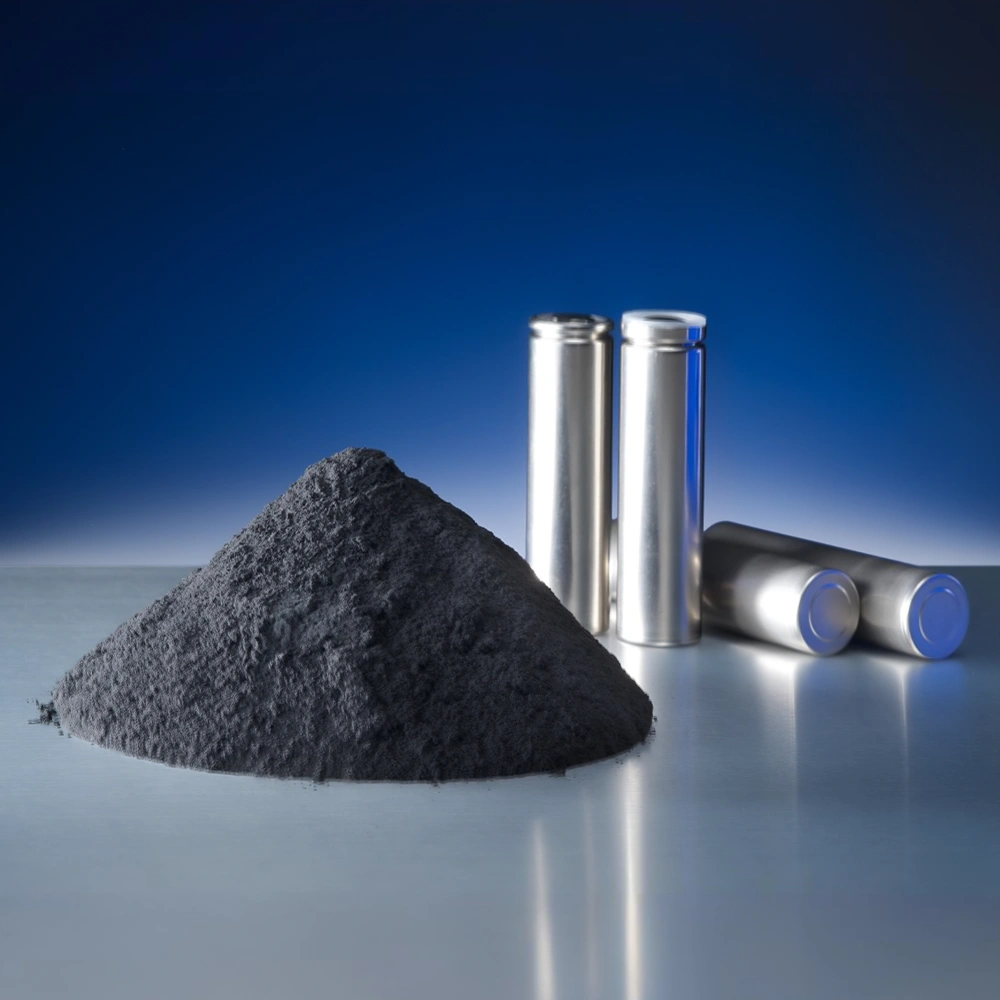
We specialize in battery preparation technology research, focusing on overcoming existing energy storage challenges by innovating in electrode materials, battery chemistry, and manufacturing processes to improve performance, enhance safety, and reduce costs. Sustainability and recycling technologies for batteries are also emphasized to mitigate environmental impacts and foster the growth of green energy.